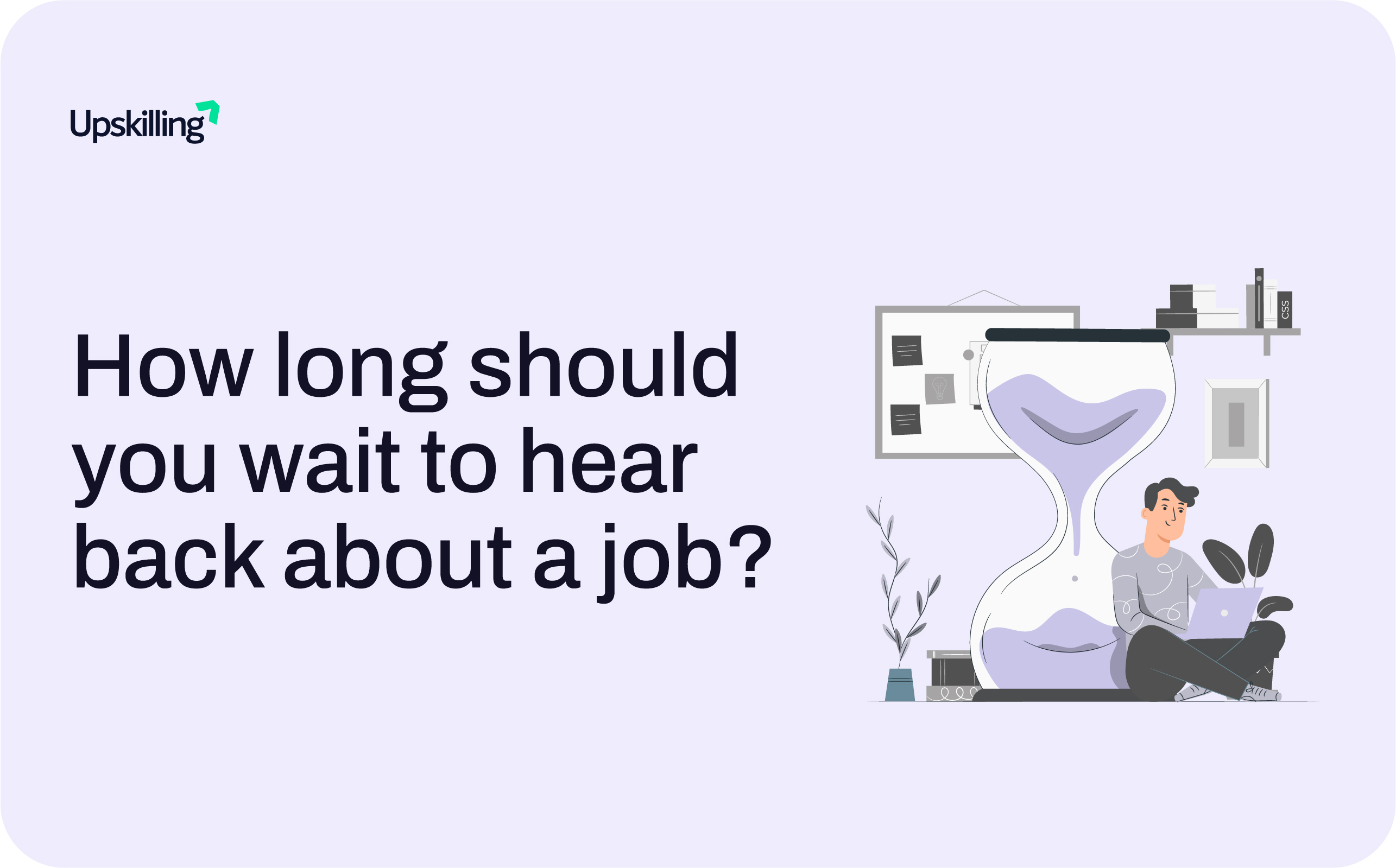How Long Should You Wait To Hear Back About a Job?
A week, two weeks, three weeks – these periods can feel quite lengthy. Yet, the question remains: how much time does it usually take to receive a response after applying for a job? Let's unravel that mystery.
How much time does it usually take to receive a response from a job application?
Interested in saving time and having your CV ready within 5 minutes? Give JobKit+ a shot. It's fast and user-friendly. Plus, you'll get the option of generating multiple tailored CVs to fit the role you’re applying for.
As much as we'd love to give a definitive answer, the timeline for hearing back from a job application can vary widely. The recruitment process isn't a one-size-fits-all scenario. Numerous factors come into play, shaping the timeline into a unique experience for each applicant. These factors include the company's size, industry, internal processes, and the urgency to fill the position.
Initial Acknowledgment
When it comes to job applications, getting quick responses is rare. Some companies use automatic messages to say they got your application. These messages usually come within a week and are often just a thank-you email. They don't mean you're getting an interview – they're just letting you know they got your application.
The Waiting Period
After your application lands in the company's talent pool, the waiting game truly begins. The time span between submission and response can stretch anywhere from a couple of weeks to a couple of months. This waiting period is when internal processes and the company's recruitment strategy come into play.
Factors Influencing Response Time
Several factors influence the response time for job applications:
The volume of Applications: Companies inundated with applications might take longer to sift through the pile and shortlist candidates.
The urgency of Hiring: If the company is on a tight timeline to fill the position, you might receive a response sooner.
Position Level: Senior roles might involve more rounds of evaluations, lengthening the response time.
Industry Norms: Some industries have faster turnaround times due to the nature of their operations.
Geographical Location: Different regions might have varying work cultures and response timelines.
What to Do While Waiting
While patience is a virtue in this scenario, a touch of proactive effort doesn't hurt:
Follow-Up: If the job posting mentions a specific timeline for responses and that time has passed, a polite follow-up email expressing your continued interest is acceptable. Here’s a sample mail you can send -
“ Hi [Hiring Manager’s or Recruiter’s Name],
I wanted to follow up on my application for the [Position Title] role submitted on [Date]. Could you provide me with an idea of when I might expect a decision?
I'm truly excited about the possibility of joining your team and using my [Your Specific Skills, Knowledge, Expertise] to contribute to [What You’d Bring To The Company].
If there's any more information you need from me regarding my application, please feel free to ask.
I'm looking forward to connecting with you further and discussing how I could assist with the upcoming challenges.
Best regards,
[Your Signature]
[Your Phone Number]
[Your LinkedIn Profile]”
Stay Engaged: In the interim, continue your job search and networking activities. You might stumble upon other opportunities that align with your goals.
Continue Applying for Jobs: If you have the luxury of time in your job search, there's no rush. You can take it easy and allow recruiters the time they need. However, if you're feeling a bit more urgent, making job applications a priority is a smart move. This not only distracts you from the waiting game but also opens the door to potentially better opportunities that might come your way.
How to Speed Things Up Next Time
How can you ensure a swifter application process next time around? Here's your roadmap to speeding things up:
Personalize, Don't Generalize: Generic resumes are the fast lane to elimination. Opt for a targeted resume that hones in on your strengths and relevance.
Tailor to Fit: Marry your resume with the job description. Incorporate keywords from the job posting to sync with the employer's expectations.
3. Quality over Quantity: Include only pertinent experience to ensure Applicant Tracking Software (ATS) doesn't swipe left on your application.
The Power of Words and Achievements: Inject your resume with power-packed words and accomplishments. Let hiring managers know what you've achieved, not just what you've done.
The Power of Words and Achievements: Inject your resume with power-packed words and accomplishments. Let hiring managers know what you've achieved, not just what you've done.
Expand Your Horizons: Enhance your resume with additional sections. Not only does this add depth, but it also lets you sprinkle in more keywords.
ATS-Friendly Formatting: Craft an ATS-compatible resume layout. This ensures your application isn't left hanging in cyberspace, dodging the ATS filter. With these steps, you'll be primed for a smoother and swifter job application process, leaving you with more time to focus on the opportunities ahead.
Key Takeaways:
To sum up, here's what you've gathered:
Expect to wait around one to two weeks for recruiter feedback.
Craft a follow-up email after two weeks to inquire about their response timeline.
Prioritize creating a targeted resume to expedite response time.
